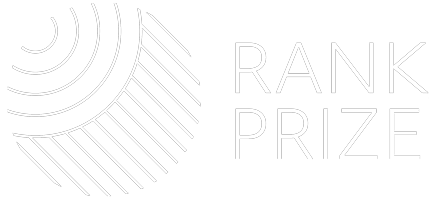Nanowire Photonics
Optoelectronics
Semiconductor nanowires, by virtue of their quasi one-dimensional columnar shape, exhibit a number of unique optoelectronic properties that have propelled their application in photonics. These subwavelength structures represent a powerful class of semiconductor materials for light generation, propagation, detection, amplification and modulation. Tremendous advances in nanowire growth, and in the optoelectronic characterisation of these structures, have driven the demonstration of a number of prototype devices, including photodetectors, waveguides, LEDs, lasers, dynamic polarisers and solar cells.
Their geometry confers nanowires with superior performance and unique functionality compared to their planar counterparts. For example, the small nanowire footprint permits straightforward growth of III-V nanowires directly of Si substrates, opening a new avenue towards on-chip photonics. In photovoltaic devices, the nanowire geometry can significantly enhance its absorption cross section whilst improving the efficiency of charge carrier separation and collection, leading to large efficiency gains. Nanowires can also act as the gain material, waveguide and the resonance cavity at the same time, permitting ultrasmall nanowire lasers suitable for miniaturised devices. It is anticipated that, in future, nanowire devices will be widely deployed in next-generation integrated nanophotonic and optoelectronic systems, such as high-resolution microdisplays, ultrahigh density optical information storage systems, solid state lighting systems and photonic integrated circuits.
Topics covered by the symposium:
- Growth of nanowires for applications in photonics
- Characterisation of the optical and electronic properties of nanowires
- Integration of active nanowire components into photonic systems
- Nanowire photonic components and devices (including light sources, modulators, detectors)
- Novel applications enabled by the unique properties of nanowires
Organisers
Professor Michael Johnston (University of Oxford)
Professor Hannah Joyce (University of Cambridge)
Professor Martin Dawson (University of Strathclyde, Rank Prize Optoelectronics Committee)


